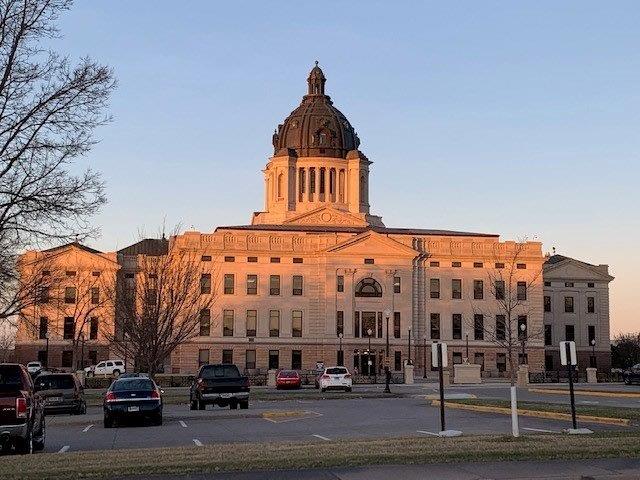The first weeks of session have various informational presentations for legislators. The House and Senate Education committees, chaired by Representative Mike Stevens of Yankton and me,held a joint presentation on Education funding. The superintendents from the Rapid City and Tea School Districts, along with the business manager from the Rapid City School District gave an overview of State Aid and how it impacts teacher salaries and other expenses. South Dakota Education Funding is extremely complex; many variables impact school funding.
State Aid is generally based on enrollment. If the state increases funding by four percent for example, schools with declining enrollment in a given year won’t actually get a four percent increase in funding. Since the decline in students is spread across 12 grades, the staffing needs do not decrease. This means schools often need to increase salaries with fewer resources. Salaries are not the same as total compensation which includes salaries and benefits. School have to pay payroll taxes just like other employers do. In addition, they have to pay a six percent South Dakota Retirement match for district employees. Health and other benefits are provided as well. It simply costs much more to compensate employees than what their salary shows.
South Dakota has 148 school districts; each one has its own unique situations. Schools have been impacted by inflation, workforce shortages, increasing insurance costs, and funding formula changes, yet they continue to make progress in increasing teacher pay. Schools continue to deal with these challenges the best they can.
I can be contacted at 605-660-6468 or kyle.schoenfish@sdlegislature.gov
Kyle Schoenfish
District 19 State Senator
Chairman of Senate Education


